Li Sumpter and Sofiya Ballin
Sofiya Ballin: You talked about the journey of searching through recycled waste. It reminds me of the scrapyard scene in the postapocalyptic Walking Dead television show, where they ran into The Whisperers.
Li Sumpter: Yeah! In terms of my work and my thinking about the apocalypse, design and worldbuilding is a big part of what my practice is all about. I’m very familiar with the Walking Dead universe, and that narrative — along with many others like The Book of Eli, District 9, and Blade Runner — incorporates scrapyards and trash piles into its “wasteland” motifs. The power of strong set design can take you to another world. If the set isn’t resonating or doesn’t feel authentic, then the story can fall flat.
SB: Can you share about your mission at the RAIR residency? And the materials you had used?
LS: My primary goal for the residency was to source materials and unexpected treasures from the waste stream, to create props and scenic structures for Illadelph Dreams’ set design. The junkyard was the perfect space to inspire the apocalyptic imagination. The yard provides a vastly abundant wasteland of discarded materials — artifacts of memory that have stories all their own.
At the start of the residency, I set out with a wishlist that included everything from e-waste (electronics and retro tech) like old cassette players, radios, and motherboards, to ten-foot industrial tubing. The tubes were salvaged to serve as painted pillars of a postapocalyptic inner city–scape. During the final week of my four-week residency, I invited friends and creative collaborators to test-shoot scene sketches and choreography that would shape the stylistic, aesthetic, and energetic tones of the Illadelph Dreams story.
SB: Your work is transmedial. You use avenues like gaming, graphic novels, and mixtapes. Why these mediums? And why transmedial?
LS: We live in the Age of the Multiverse. A story can be experienced from multiple points of view, as can life itself. Storytelling can fractalize artistic expression and interpretation across multiple disciplines and media platforms. I choose the transmedial approach because it offers multiple entry points and opportunities for immersion in the storyworld experience. Multiple points of access and engagement naturally amplify community impact around the most resonant and urgent issues facing Black and Brown communities in Philly, both today and in the speculative future.
Illadelph Dreams explores race and technology, AI and aliens, terrorism, and ecological catastrophe. It is the second chapter of the transmedia epic Graffiti in the Grass, which I started in 2018. Designed to cultivate the Black radical imagination and what I call the “art of survival,” Illadelph centers love, hope, light, and liberation as matters of life and death, of evolution or extinction.
SB: You also touch on so many important themes under the mythological umbrella: survival, sustainability, and environmental justice. How are these connected to you? What is it about mythology that intrigues you?
LS: It began in childhood. For me, it stems from media, television, and film. I remember watching The Day After (1983) with my brother, sitting on the steps after bedtime and peeking into the living room, where my parents were watching TV. The film showed what nuclear fallout would look like. It wasn’t something we should’ve been watching for the very reason that it would impact us in a negative way, which it did. It’s been a fear that I’ve always carried with me, about war. It’s become an undercurrent of who I am, in terms of my fears and anxieties. It’s a reminder of how vulnerable things can be, and how much we aren’t in control of our fates.
That’s when I learned about myth and its power to shape and configure reality. Religion is so powerful because all religions are based on some kind of mythos. I saw the devastation and negativity that could happen with dark and apocalyptic mythology — one of doom. But there’s also the rebirth of civilization, the hope and the light of civilization. So for me, a part of my activism is really just about telling those stories.
SB: Where do you place yourself within the storyworld, and what is the story’s tie to Blackness and womanhood? Is it the anxiety you spoke of, that created the story?
LS: Exactly. I create stories in search of a free and safe place, even if it’s just in our psyche, even if it’s just in our dreams. To dream, at least, of a place of peace can be a powerful refuge. If there’s a mythology that brings you to a peaceful place, and it somehow changes and transforms you, then why can’t it be real?
A lot of people think that mythology is the antithesis of reality. And what I studied is that mythology is the framework for reality — it’s a belief system. These are the technologies that Black folks have been using for a long time. It’s about leaving that prison of our minds that allows us to think that we can’t escape the violence, the crime, the poverty of our neighborhoods; and that we can’t escape the systemic oppression of white supremacy. It allows us to leave that prison that says there’s no hope for us.
Stories about human and planetary survival are told differently, not only through the afrofuturist lens, but also from the POV of a woman. From an archetypal perspective, my apocalyptic stories make a conscious shift from typically masculine themes of war and conquest, heroism and colonialism — to feminine themes of reparation and community, healing and rebirth. As a Black woman living in these uncertain times, my ecoactivism and hope for the future is powered by my love for my people, my city, and for the planet we call Home.
